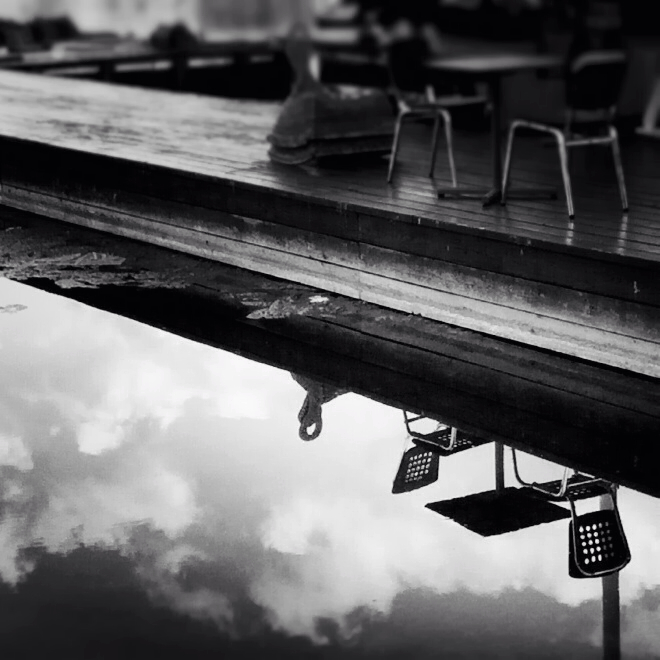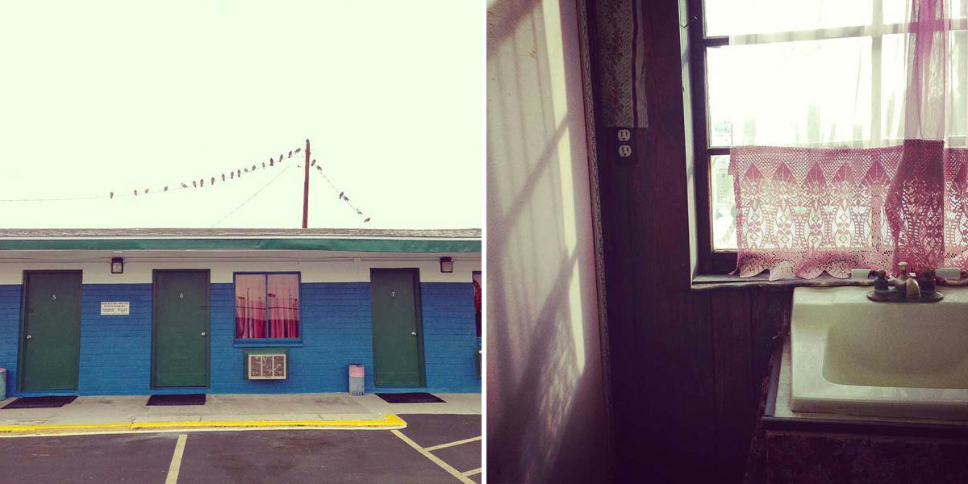Juhee Han was born and grew up in Seoul, Korea. She received her BFA in fine arts from the School of Visual Arts in New York, and is currently continuing her study in arts as a graduate student at California Institute of the Arts.
”Finding the White Cube”: I’m drawn to the simple and essential aesthetics that embody complexity, contradictions, and questions. My recent works are made to challenge the viewers to question what can be art and where the art exists.
Links:

An Interview with Juhee Han
What is your advice to younger artists?
Let’s run. It’s not safe here.
Describe your relationship with your work.
Inevitably my works come from me but they are not “myself.” Once my works are out there, they should trigger ideas and thoughts without my presence – both physical and metaphorical presence.
What do you seek to express, capture, or reveal in your work?
In each work, I try to create a path for the viewers that guides them to see past the visual presentation of an artwork. I eliminate all the excessive factors and only leave the core to be seen by the viewers. So my works usually have a minimalistic aesthetic. I want to trigger thoughts and questions only with the simple gesture or the twist within the given space or situation. My works are mostly of institutional critiques that question the ontology of art by using or modifying the space where the “art” is supposed to happen; the art galleries or the exhibitions. I want the viewers to leave with many questions after engaging with my works.

During my mid-residency show in CalArts in the beginning of 2015, I opened my gallery where nothing was displayed. I waited for the first person to walk into the gallery. Eventually, a person came by and he went in the gallery. As soon as he walked out, I closed the door and the show was over. The door remained closed for the rest of the week so no one else was able to go inside the gallery.
Here, the simple fact that only one person was allowed to enter the show can trigger many complicated thoughts and questions. What does it mean to have the minimum amount of the viewers? Does this work have two different modes of existence? One as an event that happened, and the other as the “rumor” about the event? Then who is everyone else who only heard about the work. Are they also the viewers of this work?

What are you interested in investigating through your work?
A year ago in the summer of 2014, I built a 3 meter white cube architecture in the middle of a mountain in South Korea. It is a small cubic room with a door and two windows. Anyone is invited to come to the cube anytime. However, most of my audiences have been in America and so far no one ever visited the cube. I only present the cube by talking about it, by letting the viewer know the cube exists somewhere out there. That physical distance between the viewers and the art object and the ambiguous nature of story telling generate some interesting questions about presentation and documentation of art.
I thought the cube in Korea needs to be re-represented in the context of the art scene where the viewers can actually access the work. This is where I started to investigate about the problem of documentation of the cube. If a photographed image of the architecture were to be displayed in a gallery, that image will be no more than works of photography, which is just an image of the cubic architecture rather than the representation of the entirety of the cube, which includes that enigmatic distance.

Since the cube in Korea, I’ve been making works that address the similar questions. The one person show that was mentioned earlier is one of them. Because I feel the perfect documentation of the works is impossible, I only talk about the works without any photos or any sensible data. That naturally lead me to thinking about what kind of information I want to give out about the works when I talk about them. I have total control over the “shaping” the works with my words, so I’m developing my own ways and rules of talking that will suit the essence of my works.
Are you working on anything right now that feels like new ground in your body of work?
As a long term project (perhaps a very long term..), I recently started to work on writing a book. Right now I’m at the very beginning stage and I’m not sure what kind of book it will be yet. So I’m mostly collecting and organizing my “thought notes” that I’ve kept since 2009. The notes are mostly questions about everything. Can we contain art? What is inefficiency in an art work? Or is it even possible? What is a face? Does plot only happen through time? How can I justify going to an art school?




No Comments